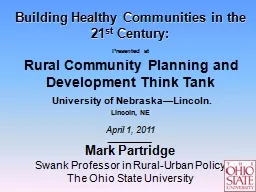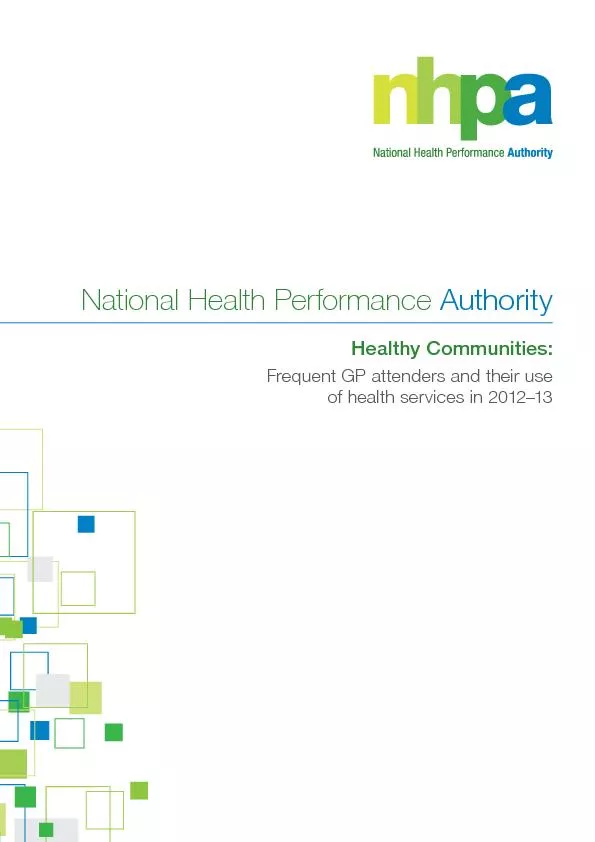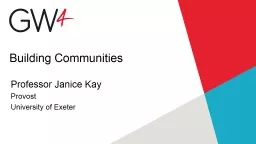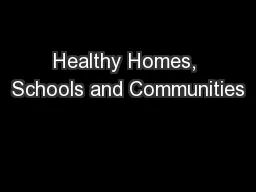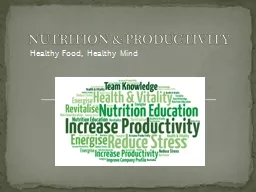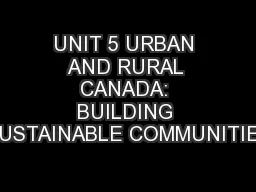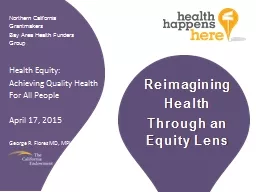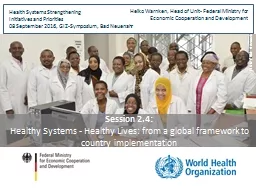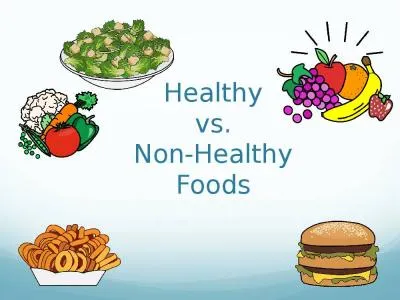PPT-1 Building Healthy Communities in the 21
Author : min-jolicoeur | Published Date : 2018-11-06
st Century Presented at Rural Community Planning and Development Think Tank University of NebraskaLincoln Lincoln NE April 1 2011 Mark Partridge Swank Professor
Presentation Embed Code
Download Presentation
Download Presentation The PPT/PDF document "1 Building Healthy Communities in th..." is the property of its rightful owner. Permission is granted to download and print the materials on this website for personal, non-commercial use only, and to display it on your personal computer provided you do not modify the materials and that you retain all copyright notices contained in the materials. By downloading content from our website, you accept the terms of this agreement.
1 Building Healthy Communities in the 21: Transcript
Download Rules Of Document
"1 Building Healthy Communities in the 21"The content belongs to its owner. You may download and print it for personal use, without modification, and keep all copyright notices. By downloading, you agree to these terms.
Related Documents

